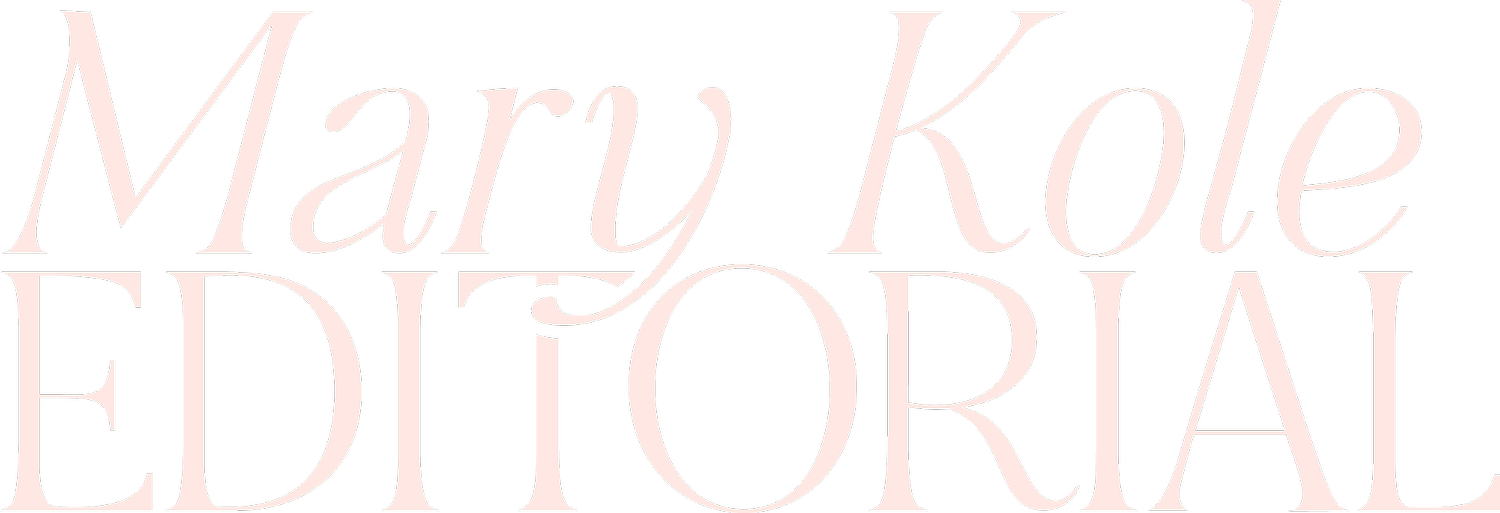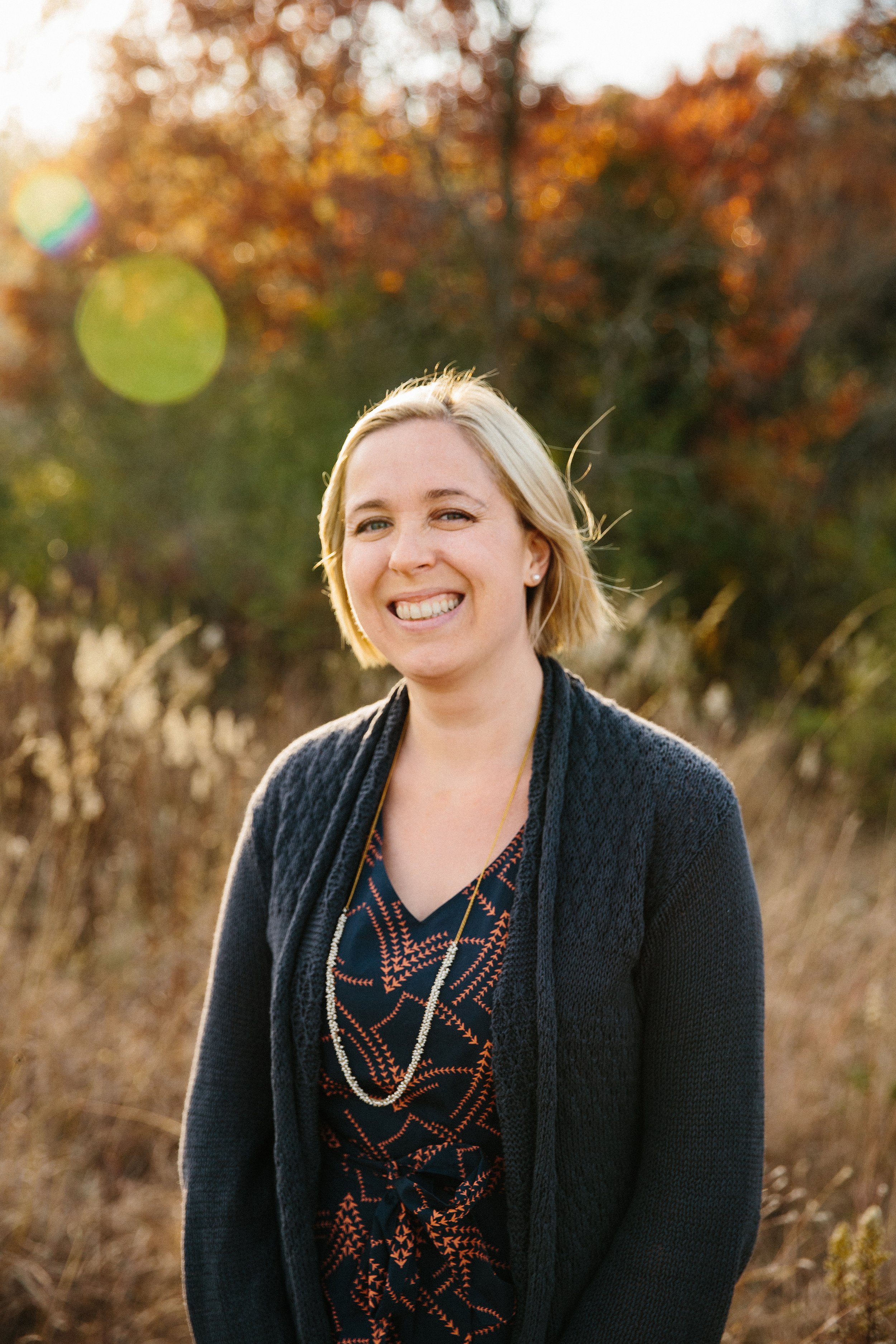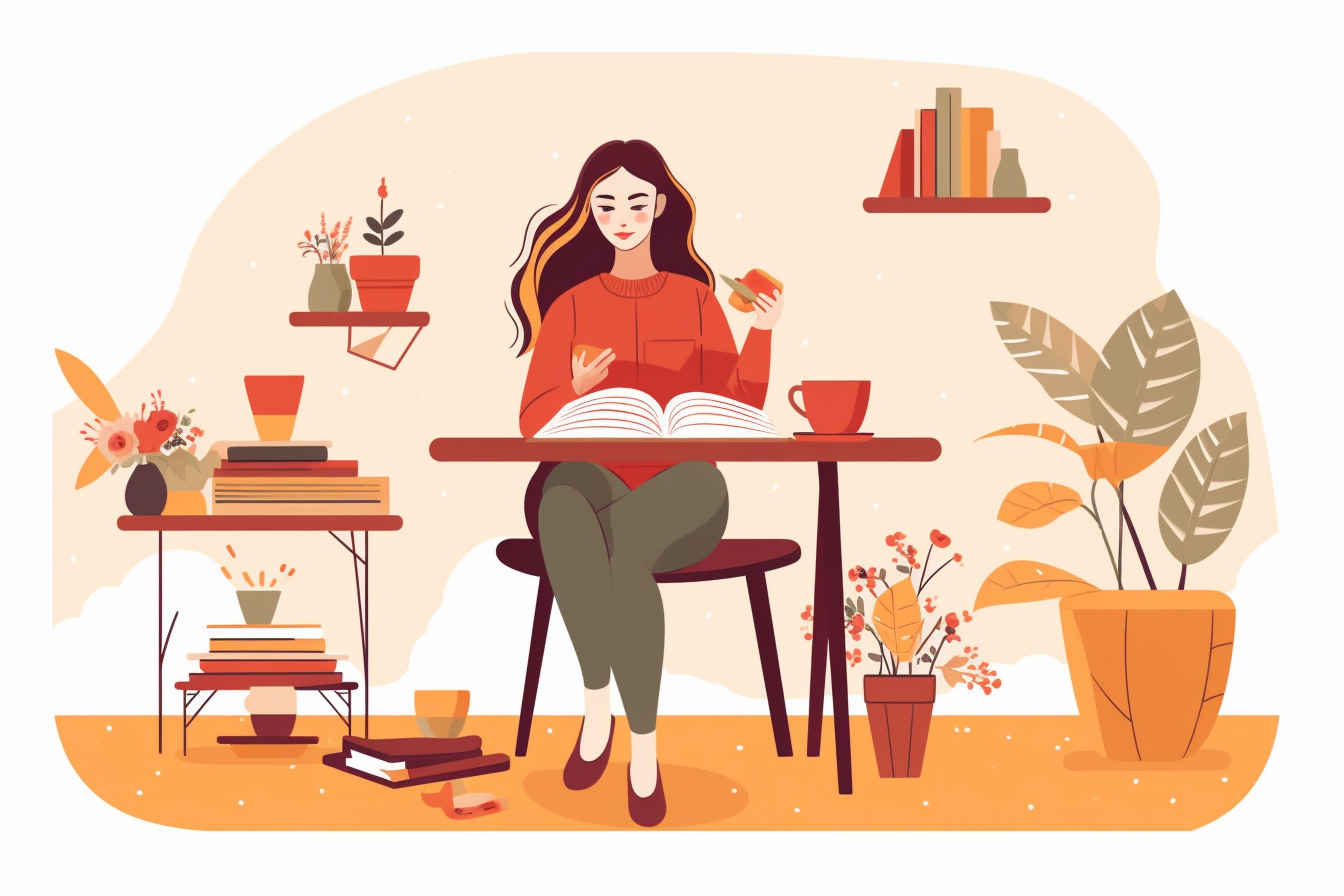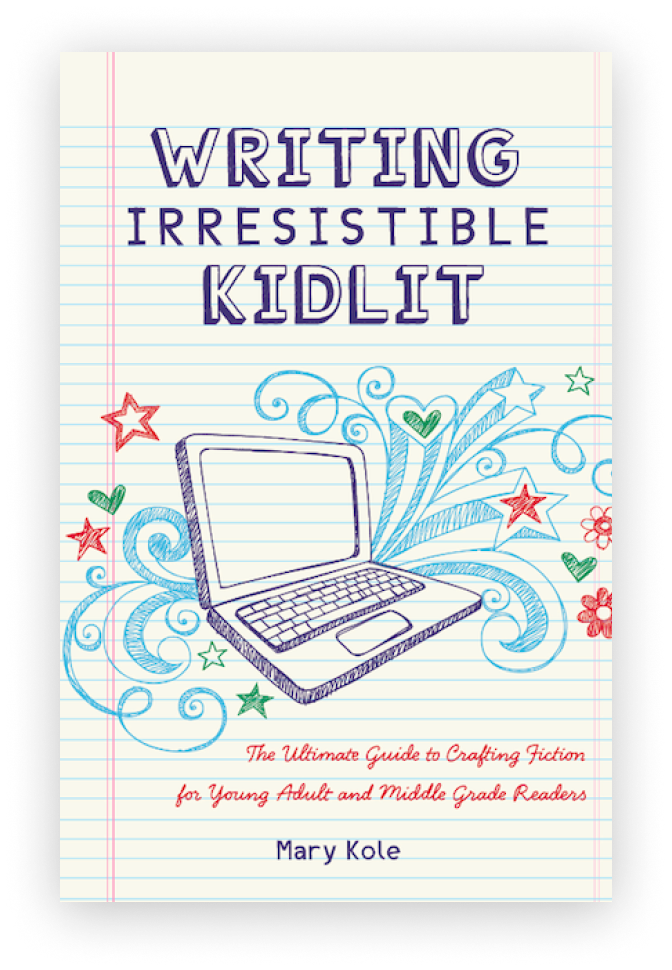Becoming a Writer and the Question of How Bad Books
Get Published
By Mary Kole
Mary Kole is a former literary agent, freelance editor, writing teacher, author of Writing Irresistible Kidlit, and IP developer for major publishers, with over a decade in the publishing industry.
When people consider becoming a writer, they invariably end up looking around and asking a very funny question: “How do bad books get published?” In fact, writers often ask this question when they’re facing writing rejection or frustration with publishing gatekeepers. I often hear it when I give a presentation or webinar about the high bar in today’s very competitive publishing landscape. Some writers take up the challenge and push themselves. Others who might be interested in becoming a writer for, perhaps, the wrong reasons, are quick to shoot back that plenty of crap has been published.
The Trials and Tribulations of Becoming a Writer
Of course, I have let myself mull over this, too, especially when my editorial clients’ remarkable submissions get declined by writing agents or publishers. I even found myself mumbling this sometimes when I was a literary agent myself, and my favorite clients’ books weren’t picked up for a sizzling hot auction between twenty publishers. (Yes, even agents get rejected. We submit our authors’ works to publishers and often, those projects are not accepted for a book deal. Becoming a writer is a long and challenging path and there is no magic bullet for selling a novel, even if you have emerged victorious from the slush pile with an offer of representation.)
Becoming a Writer: How Do Bad Books Get Published?
It really is one of life’s hard truths: you can never predict what will appeal to people. You also can’t please everyone, and there’s nothing “for everyone on the planet” except maybe Coca-Cola. And oxygen, which has great market reach. Publishers have to please many different types of readers and cater to many demographics’ (perceived) tastes. Becoming a writer doesn’t necessarily mean trying to write a blanket bestseller—it means finding your unique readership and author brand, and readers who will respond to what you do.
So, if you don’t like a paranormal NASCAR romance novel, for example—no problem. You could very well think it’s crap. However, it could be loved by other readers, and we shouldn’t fault them, just because their taste doesn’t overlap with ours. Don’t think less of it just because it isn't to your liking. (Okay, maybe you can still snub it, but quietly!) Additionally, popular series may suffer from poor writing due to a publishing schedule that prioritizes quantity over quality. Becoming a writer involves learning about current market preferences, and working within market realities to produce the best work you know how to.
Focus on the Heart of Becoming a Writer
It is important to be aware of the current publishing industry when you’re researching and reading. But there are times when the writer must step away from comparing themselves to other authors and trends, and focus on their own work on their unique path to becoming a writer.
The question of “How do bad books get published?” is usually asked after a rejection or critique. You can be bitter, but recognize that this might be the sentiment behind your critique of other books. Are they really bad? Or are you just mad that they’re published and you haven’t been yet? It’s okay to admit that seeing something “crappy” in print can make us feel jealous. But that doesn’t mean you will never get your shot—there is infinite room on shelves, and someone else’s success doesn’t necessarily take away from a victory you might one day enjoy. That’s the scarcity mindset talking, and it’s not helpful.
Becoming a Writer Takes Patience
Look beneath the surface of this critique and you might find a desire to have your work take the path of least resistance. You might, honestly, want someone to publish your work even though, deep down, you know it needs improvement. But don’t be tempted like this. Becoming a writer with a project that isn’t your best work is not the right solution. It won’t benefit you to have an unimpressive writing credit to your name. Because it’s not likely to sell well, and then you’ll have to answer for lackluster sales numbers for the rest of your life. It won’t change your life or make everything fall into place.
If your first book does poorly because you did a rush job and accepted an offer from a lesser publisher than you could’ve gotten, then it will be difficult for you to interest someone in a better quality second book (which should have been what you published first). Becoming a writer takes time and patience and a lot of gritting your teeth when “crappy books” get big advances or splashy launches. Don't rush it, don't pursue writing for the sake of getting published only, and don't bum yourself out unnecessarily by comparing yourself to other authors. Rather, focus on crafting a well-told good story, creating a high-quality, impeccable manuscript. Does that sound like a better goal on the path to becoming a writer than getting your “crap published” just to be published? I sure hope so!

Click here to purchase Writing Irresistible Kidlit, my book on fiction craft for MG and YA novels, out from Writer's Digest Books. This will show you my writing craft philosophy and give you lots of valuable advice, including tips for the novel revision process and self-editing. There are over 35 example novels cited and discussed throughout. It’s a valuable resource for any writer’s toolkit.
Click here to purchase Irresistible Query Letters, my book on query letters, including over forty examples with comprehensive notes on each one. There’s a ton of submission advice, best practices, and insider information in these pages, and you’ll really enjoy seeing what other writers are doing in the slush.
Click here to purchase Writing Interiority: Crafting Irresistible Characters, my book on interiority and character creation. Explore your protagonist’s thoughts, feelings, reactions and interpretations, expectations, and inner struggles to create a rich, immersive experience. This guide will empower you to create characters who live and breathe on the page, fostering an unbreakable bond with your audience.





